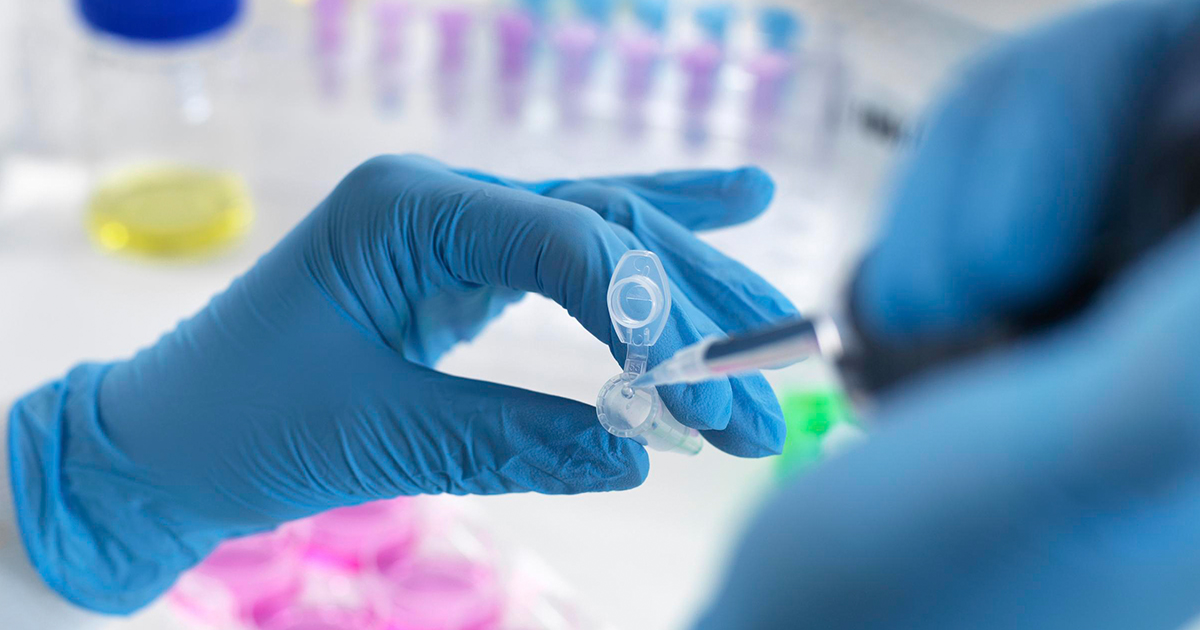Three innovative cancer treatments that will make a difference

Cancer has now surpassed musculoskeletal conditions as the top driver of large companies’ health care costs. Given that so many people deferred health screenings and even treatment during the pandemic, cancer claims are only expected to increase.
At the same time, we’re seeing an explosion in technologies and innovation focused on both earlier detection and better treatment of cancer. We’ve blogged about at-home cancer screenings and promising new blood tests. In this post, we’ll focus on three important advances in cancer treatment.
Innovative cancer treatments in the pipeline
- CRISPR is a fast and easy-to-use gene-editing tool that alters the DNA of human cells. Clinical trials used CRISPR to modify T-cells and remove three genes that were limiting their patient’s T-cells’ ability to kill cancer (T-cells are the cells in our body that detect and kill dangerous cells). FDA approval for CRISPR treatments may be a few years down the road, but its technology is already being used to develop FDA-approved drug treatments and to better understand cancer cell behavior.
- mRNA-based cancer vaccines have been tested in small clinical trials for over a decade, but the recent emphasis on mRNA following the COVID-19 vaccine has many scientists hopeful that larger-scale studies of mRNA cancer treatments are on the horizon. Cancer cells can have the ability to trick our protective T-cells into thinking they are “safe,” allowing them to spread uncontrollably. mRNA vaccines are made up of dendritic cells that teach these T-cells to detect and kill cancer or virus-infected cells. Three cancer vaccines for very specific conditions are currently in the market, but advances in mRNA technology should expedite the development of additional vaccines.
- Imagine if a treatment plan could be tested on a patient’s exact replica before deciding to proceed with it. Artificial intelligence may soon make this vision a reality. Digital twins – a virtual substitute of the human body – allow researchers to model the effect of new therapies on cancer patients without harm to actual humans. They can also be used to simulate an individual patient’s disease trajectory and their response to different treatment plans to help determine the best path forward. In the foreseeable future, patients with a cancer diagnosis will be able to evaluate proposed surgeries, chemo or radiation therapy after reviewing their treatment and anticipated outcomes through a digital twin simulation, and feel more secure about their decisions.
In short, there’s a lot to be hopeful about. Change could come quickly, so be sure to stay informed on new developments. Just as we have seen a rise in gene-therapy claims, we can expect to see a rise in costs related to these new cancer treatments, especially as more gain FDA approval. But if better treatments lead to better outcomes, it will be money well spent.
